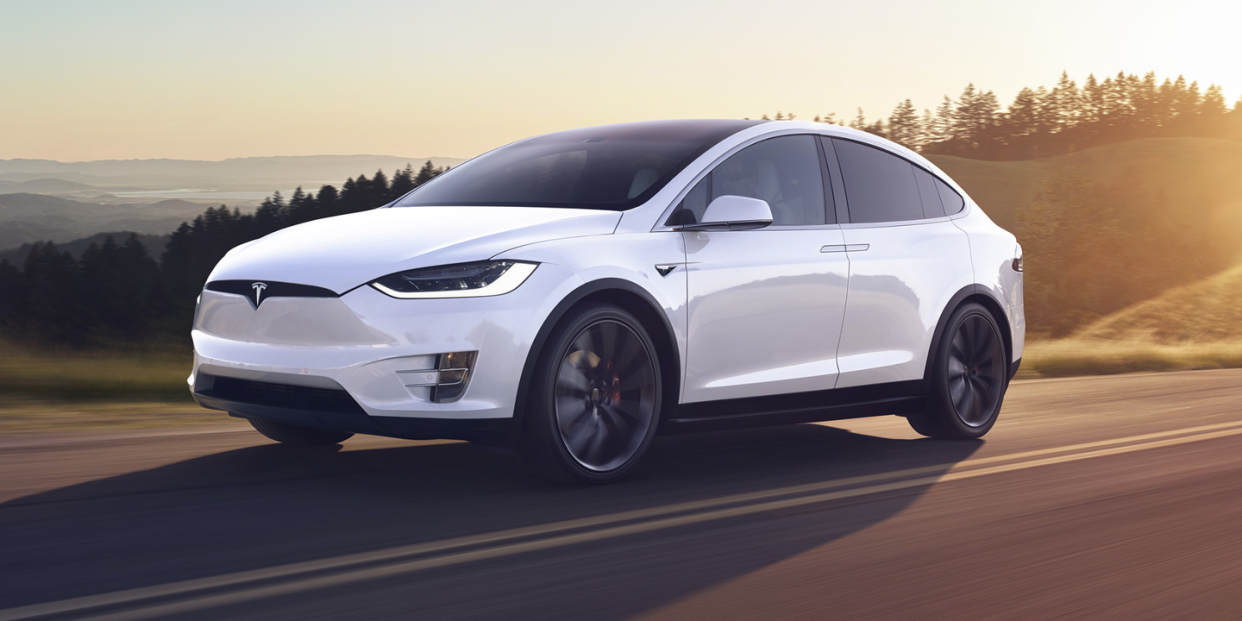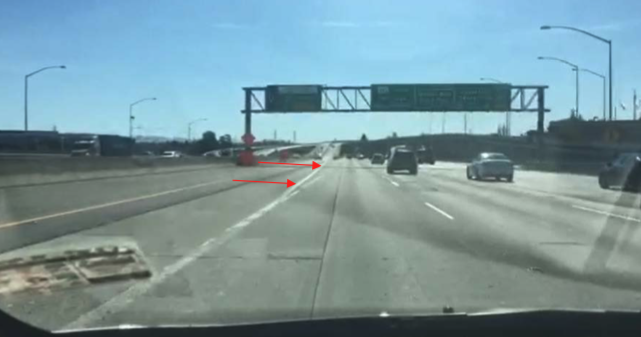NTSB Rules Autopilot Probable Cause in Fatal Tesla Model X Crash

The National Transportation Safety Board (NTSB) met today in Washington, D.C., to rule on the 2018 crash of Walter Huang's Tesla Model X in California.
Huang's car veered into a center divider in 2018 while Autopilot was enabled. He died from injuries sustained in the crash.
In opening statements, the NTSB chairman called out Tesla for not replying to 2017 recommendations.
After nearly two years, the National Transportation Safety Board (NTSB) has announced its findings in the March 23, 2018, fatal crash of Walter Huang. Huang's Tesla Model X veered out of its lane on Highway 101 in Mountain View, California, while Autopilot was enabled and ran into a center divider, killing Huang.

Those participating in the NTSB meeting didn't find a single issue that caused the crash but cited a whole host of issues that it said contributed to the collision. It stated:
"The National Transportation Safety Board determines that the probable cause of the Mountain View, California, crash was the Tesla Autopilot system steering the sport utility vehicle into a highway gore area due to system limitations, and the driver’s lack of response due to distraction likely from a cell phone game application and over-reliance on the Autopilot partial driving automation system. Contributing to the crash was the Tesla vehicle’s ineffective monitoring of driver engagement, which facilitated the driver’s complacency and inattentiveness. Contributing to the severity of the driver’s injuries was the vehicle’s impact with a crash attenuator barrier that was damaged and nonoperational at the time of the collision due to the California Highway Patrol’s failure to report the damage following a previous crash, and systemic problems with the California Department of Transportation’s maintenance division in repairing traffic safety hardware in a timely manner."
It also found shortfalls in NHTSA's defect investigation of Autopilot. At one point, board member Jennifer Homendy called out a NHTSA tweet about making sure cars are cheaper by keeping "regulations reasonable." Homendy stated that "NHTSA's mission isn't to sell cars. What we should not do is lower the bar on safety."
Robert L. Sumwalt, chairman of the NTSB, said during his opening statement, "What struck me most about the circumstances of this crash was the lack of system safeguards to prevent foreseeable misuses of technology."
Sumwalt said that Huang was likely playing a video game on his phone when his car veered into the median barrier. "So first let me say, if you own a car with partial automation, you do not own a self-driving car. Don't pretend that you do," Sumwalt said.
It's also noteworthy that Apple supplied the NTSB with information about the mobile game being used during the drive prior to the crash.
In February, the agency released the docket for today's meeting. In it, it was revealed that Huang had complained on several occasions that while using Autopilot, his Model X would veer out of its lane at the same spot in which the collision occurred. Tesla vehicle data supported this with data showing Huang had to adjust the steering of the vehicle when driving in this area.
At the time of the collision, Huang’s Model X entered the area between an off-ramp and the main road, known as a "gore," before hitting the center divider. The NTSB investigation revealed that the line markings on the U.S. 101 side of the off-ramp were "partially obliterated" and faded, while the line markings on the off-ramp side were in good condition.
The Model X began to track the outside lane and placed the vehicle in the middle of the gore as if it were a lane. At that point, because it no longer was tracking a vehicle ahead of it, the vehicle sped up to 71 mph before colliding with the median. Neither the driver nor the Model X's safety systems attempted to stop or steer the vehicle away from the median.

According to Tesla's data, Huang did not have his hands on the wheel of the Model X six seconds prior to the collision with the center divider. The vehicle struck the divider at 71 mph, speeding up after leaving its lane.
After the crash, it was noted that a vital piece of safety equipment had not been replaced after an earlier incident at that location. The location had 11 crashes before this event. CalTrans became aware of the damaged safety system three days ahead of the collision and had planned on replacing it. The damaged crash cushion could have reduced the impact of the Model X with the center divider and Huang could have survived.
Tesla states that Autopilot is a hands-on driver-assistance system. But there are plenty of videos and instances of individuals using the system without their hands being on the wheel. This includes footage of Tesla CEO Elon Musk using it in this manner during a 2018 60 Minutes interview and former presidential candidate Andrew Yang using the system without hands in a recent campaign commercial.
Today's ruling could have major ramifications within the automotive world. Automakers could potentially be held responsible for the shortcomings of their driver-assistance systems, especially if the agency determines that they don't warn drivers enough that they should pay attention or keep their hands on the wheel at all times.
In 2017 the NTSB concluded an investigation into the May 7, 2016, fatal crash of a Tesla Model S driven by Joshua Brown. It cited an overreliance on Autopilot and said that its "design allowed prolonged disengagement from the driving task and enabled the driver to use it in ways inconsistent with manufacturer guidance and warnings." The agency asked manufacturers to "incorporate system safeguards to limit the use of automated control systems to conditions for which they are designed and for there to be a method to verify those safeguards."
Sumwalt said that the NTSB issued recommendations to six automobile manufacturers in 2017 and five replied they were working to implement the recommendations. "Tesla ignored us."
The chairman also had harsh words for regulators: "Government regulators have provided scant oversight, ignoring this board's recommendations for system safeguards."
Huang's family is suing Tesla for negligence and wrongful death. They claim that Autopilot was defective at the time of the incident. The suit also charges that the state of California is at fault for not replacing the damaged crash cushion.
You Might Also Like

 Yahoo News
Yahoo News 
